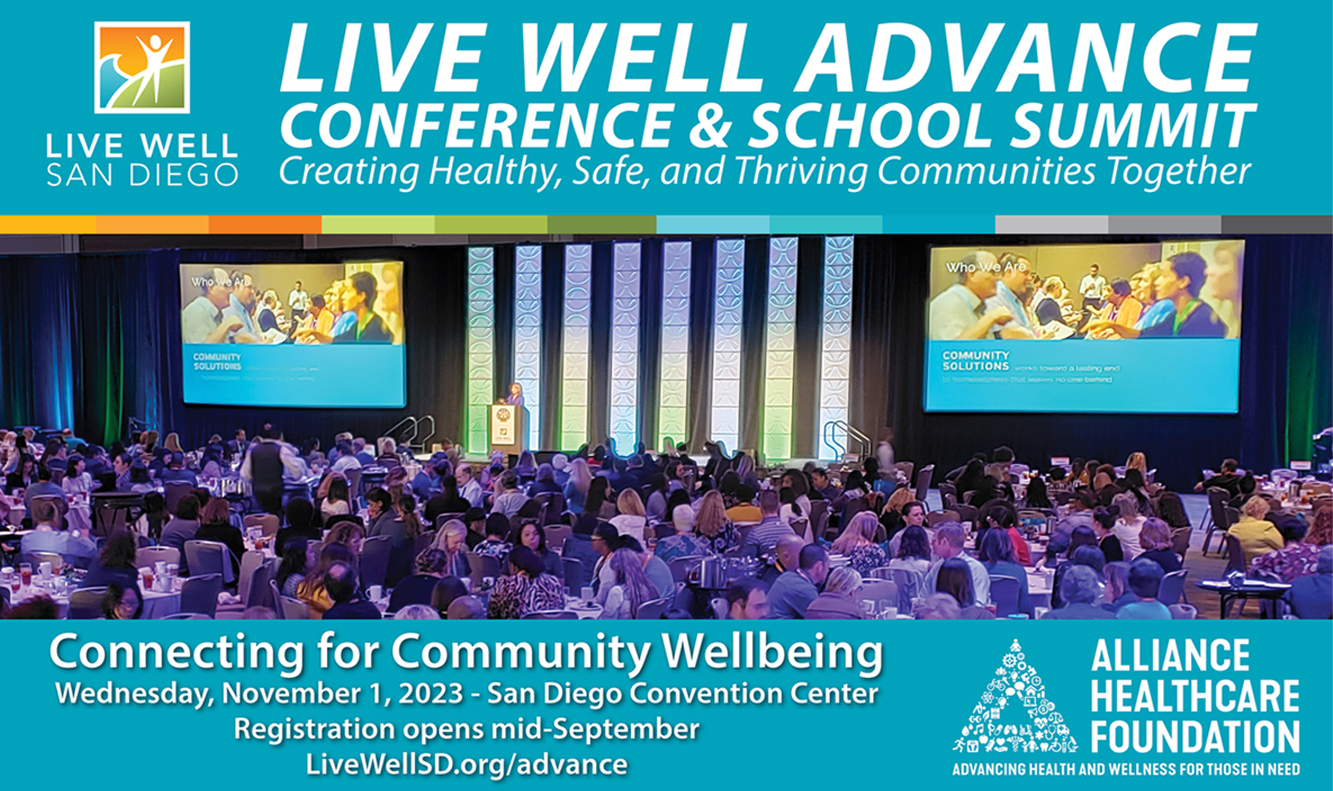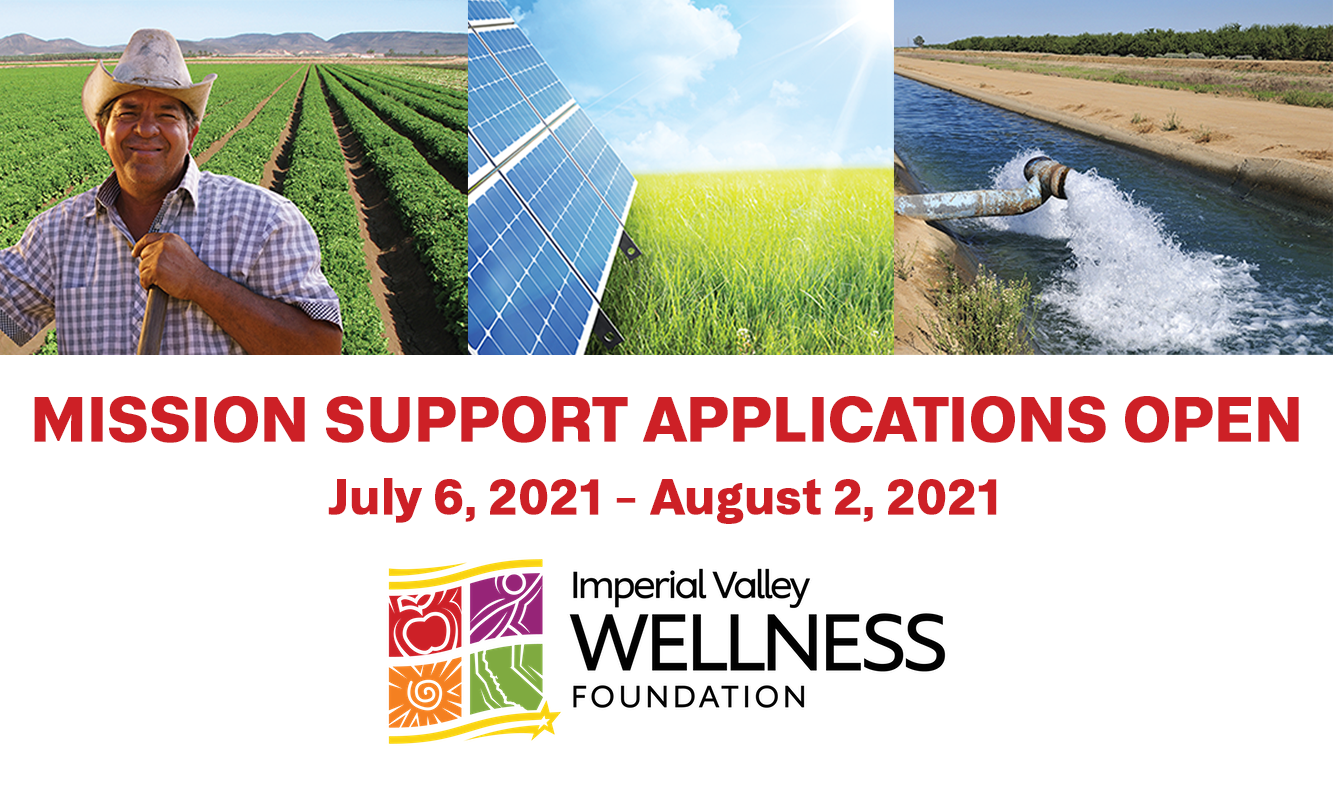August 27, 2015
Summer is winding down, but the heat is here to stay.
In Southern California, August and September are historically the hottest months of the year, and the Santa Ana Winds can bring hot, dry air throughout the fall and winter, so it’s critical to keep an eye on the thermometer and adjust accordingly.
The Centers for Disease Control and Prevention (CDC) reported almost 7,500 heat-related deaths from 1999-2010, signaling a need for smart-living strategies during these scorching months.
First, it’s important to understand who is most at-risk to suffer from the heat. The U.S. Department of Health and Human Services lists seniors over the age of 65 and children younger than two as the principal at-risk demographics. They also note those with chronic diseases or mental illness may be particularly vulnerable.
But even seemingly healthy athletes who exercise in the middle of the day need to be cautious, so everybody can learn and apply the following information.
When temperatures rise, it’s important to check in with anybody you know who falls into these most at-risk groups. Shoot them a text, call them, stop over for an in-person visit—whatever works best. By monitoring their daily activities and making an effort to check up on them, you can drastically reduce their risk of heat-related illness.
Once you do get in touch, you have to know how to monitor their situation. What are they drinking? What are they wearing? Are they in an air-conditioned building?
When your body temperature spikes, you may experience nausea, dizziness, confusion, and a headache. These are signs of a heat-related illness.
If you see someone exhibiting these symptoms, call 9-1-1 and take action while you wait for professional help by using this tips from Patch.com:
- Get them into shade/indoors
- Spritz them with cold water
- Place them in a cool shower (if they are coherent enough to handle it)
- Monitor their body temperature, and continue cooling efforts
To make sure these symptoms don’t take hold in the first place, it’s important to drink plenty of water, wear breathable, light clothing, and staying a cool, air-conditioned environment. Fans might seem to cool you down and provide some relief, but they really just push hot air around, so it’s vital to opt for air conditioning during a heat wave.
If air conditioning or a cool, indoor place to stay is unavailable to you or to your loved ones, 2-1-1 San Diego provides a list of designated “cool zones” in both San Diego & Imperial Counties where you can safely hang out 
Be smart, be safe, and enjoy the weather!
How do you stay cool during our hottest months? I’d love to hear your strategies and tips. Leave a comment, and we’ll discuss this topic further!
– Nancy Sasaki, Executive Director, Alliance Healthcare Foundation
Related News

Jul 13, 2023
Grants, Pro Bono Consulting & Conferences
Partner News + Opportunities Grants, Pro Bono Consulting and Conferences [...]

Jul 12, 2022
Imperial Valley Wellness Foundation: Opens 2022 Mission Support Applications
Imperial Valley Wellness Foundation Opens Mission Support Funding Application El [...]

Jun 14, 2022
AHF Job Opening
Wanted: Senior Director of Strategy & External Relations and other [...]

